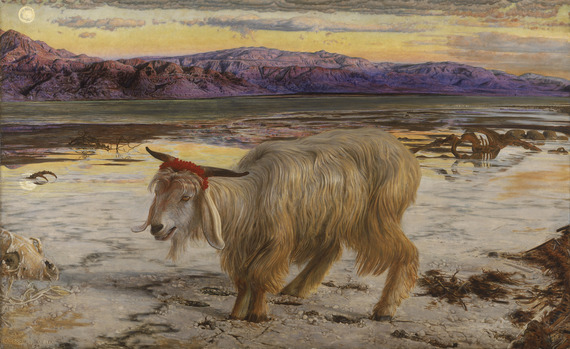About a decade or so ago, Pope John Paul II ceremoniously released a dove from the window of the Vatican Palace, which flew out for only a few seconds and immediately returned. The Pope said nothing, but smiled in his wise, but weary way. As a Catholic from Communist-ruled Poland, he was a canny survivor, and doubtless understood what hazards a domesticated dove might face in the wild.
On January 26, 2014, the saintly Pope Francis I sat at a window in front of a crowd of thousands at a window in Ukraine, appealing for peace. When he was finished, two children at his side released two doves of peace, which were immediately attacked by a seagull and a hooded crow. The doves managed to struggle free and fly away, possibly injured, but still vigorous. Since anything associated with the Pope seems especially important, people speculated, usually with a bit of humor, that the incident might presage a coming apocalypse.
The dove was once closely associated with many Mediterranean goddesses such as the Canaanite Asherah, the Babylonian Ishtar and the Greek Aphrodite. According to legend, the Assyrian Queen Semiramis was raised by doves. The Biblical Noah released a dove from his ark, and, when it returned bearing an olive branch, he knew that land was near. In Christianity, a dove appeared at the baptism of Jesus, and became a symbol of the Holy Spirit. During the cold war, the dove of peace was a common symbol of peace for organizations devoted to political reconciliation and disarmament.
But precisely the quality that made the doves a symbol of divine purity may have also, taken to an extreme, endangered them when they were released by the Popes. An article in National Geographic explained the attacks on the doves by pointing out that they were bred to be unnaturally white, which made them stand out conspicuously and invited predators.
In the time of Jesus, the dove was the most popular sacrificial animal, especially among the poor who could not afford a sheep or ox. Perhaps, on some unconscious level, the sacrificial paradigm could be at work in the release of doves. The gesture is a bit reminiscent of the "scapegoat," which is sent into the wilderness, bearing the sins of the people, for the demon Azazel (Leviticus 16:8).
But one need not be superstitious to see significance in the events that accompanied release of doves by Pope Francis, since they reflect several contrasts that are constantly played out in our lives ─- domesticity and wildness, freedom and security, innocence and maturity. Because of this, the ceremony becomes more than a lovely, if slightly bland, spectacle. Some animal protection groups criticized the Pope's release of doves for endangering animals that had been bred in captivity and did not know how to forage or cope with predators. I agree with them, but, nevertheless, the doves seem to have managed pretty well so far, and perhaps we can even draw inspiration from their successful escape.
Which has a better life: the dove in a menagerie ─- with a plentiful supply of food, veterinary care, and security from predators ─- or the one in a meadow, which is in perpetual danger, yet free? Was the dove released by Pope John Paul wise or foolish? Were those released by Pope Francis too innocent? Were they brave?
"The Scapegoat" by William Holman Hunt, 1854

